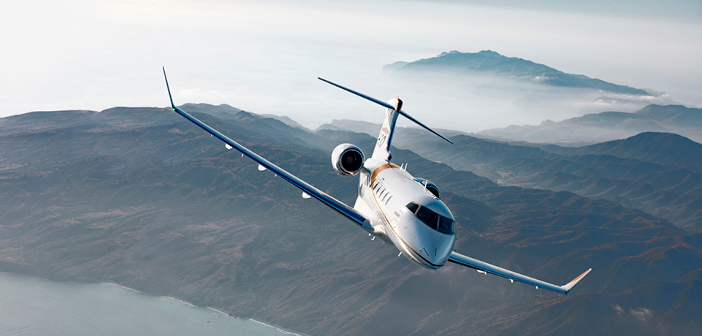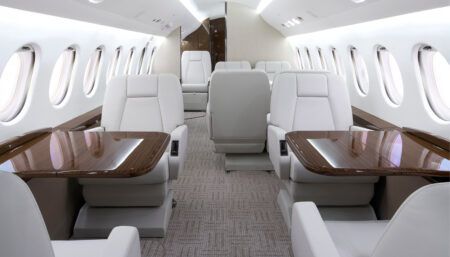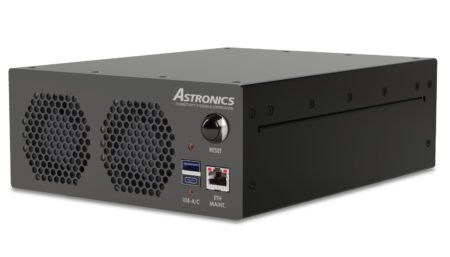Viasat’s Ka-band inflight connectivity (IFC) system for business aircraft has gained US FAA and EASA STCs for installation on in-service Bombardier Challenger 300 and Challenger 350 super midsize aircraft, as well as new Challenger 350s.
Viasat first announced it would bring enhanced cabin connectivity to Challenger 300 and Challenger 350 business jets in July 2020. Regulatory approval clears the way for operators of those aircraft to have Viasat’s Ka-band Global Aero Terminal 5510 installed. The company says the solution provides service over the most heavily travelled flight routes and regions. Installations will be available at Bombardier’s worldwide network of service centres.
“Bombardier is excited to offer customers the Viasat Ka-band system, which provides enriched inflight connectivity for passengers and crew in all phases of flight,” said Elza Brunelle-Yeung, senior director of products, pricing and digital for Bombardier’s Service and Support, and Corporate Strategy organisation. “This enhanced connectivity further elevates the unmatched cabin experience and smooth ride aboard our Challenger 300-series aircraft.”
Other recent announcements from Bombardier have highlighted the rapid growth of its worldwide support network, including in Melbourne (Australia) and Berlin (Germany), the introduction of several new products and services and developments in the Smart Link Plus programme.
“Achieving STC approval for the Challenger 300 and Challenger 350 aircraft enables Challenger operators to take advantage of Viasat’s ‘no speed limit’ Ka-band IFC service – our fastest, most robust business aviation IFC offering in the super-midsize business jet market,” said Claudio D’Amico, Viasat’s business area director, business aviation. “Our service supports business-critical productivity capabilities including video conferencing and VPN access, as well as simultaneous use of entertainment apps including video and audio streaming.”
Viasat explains there is no cap set on the speed delivered to a terminal. Speeds may still be limited by terminal equipment capabilities, network and environmental conditions, and other factors.
Today, the Viasat Global Aero Terminal 5510 terminal communicates with Viasat’s ViaSat-1, ViaSat-2 and KA-SAT satellite platforms, and is expected to be forward-compatible with its next-generation satellite system. Forward-compatibility will allow customers to install the Viasat shipset and subscribe to a Viasat service package today, with assurances that they can access additional satellite capacity and expanded coverage once the ViaSat-3 constellation is launched and operational.





